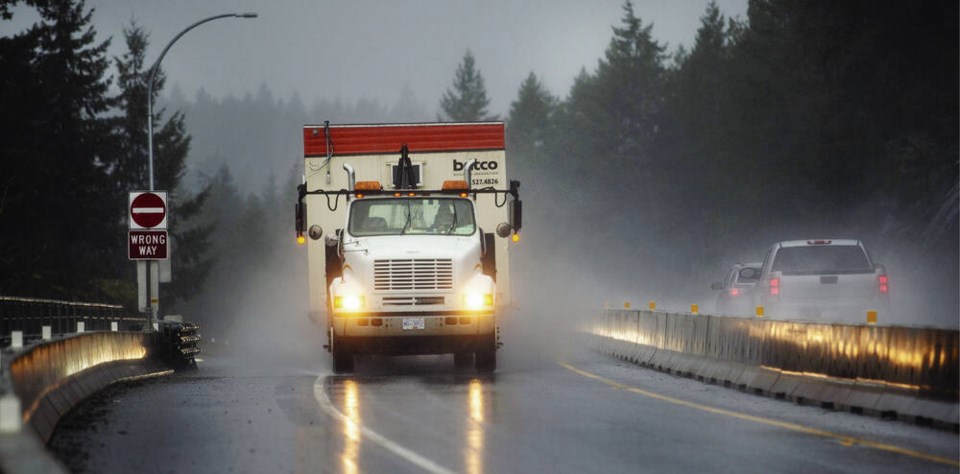Simon and Garfunkel pretty much sum it up for this time of year: “Hello darkness, my old friend. I’ve come to talk”…or in our case…‘drive’… with you again.”
It’s standard time once more. Great. Blinding low sun afternoons, inky blackness by 6 p.m., grit and muck on our windshields. Depressing for sure. But this year there’s more at stake than usual. We’re shaking off the rust from two years of COVID slowdowns as we try to find some forms of normalcy and the Christmas “rush” will no doubt be one of those old normals.
I’m not weighing in on the daylight versus standard time debate save for mentioning the kids going to school. Standard time gives us more morning light when the little ones are headed to class. That’s a huge safety consideration for all our communities and needs to be included in any final decisions on permanent standard or daylight time.
The onset of darkness this time, as we emerge from COVID, adds up to some serious driving safety challenges. As one example, Hyundai recently polled motorists in the U.K. and found that 20% of the respondents had forgotten key driving skills and were finding it “difficult” to adjust to being back behind the wheel. Police also reported speeding and driver aggression events had noticeably increased in several jurisdictions throughout Europe and North America during the past two years — attributed to less traffic volume.
It’s well documented that during the fall when we revert back one hour and things become dark early, collisions of all types increase somewhere in the area of six to ten per cent. Pedestrians are particularly vulnerable to standard time reversion.
So what can we do? Here are some obvious, and maybe not so obvious tips:
Get some rest. The one hour time change may seem insignificant but your body clock has been altered and fatigue creeps in whether or not you want it to. Some earlier nights before work or travel will help.
Recognize the stress of returning to work post COVID. I know people who haven’t been in the office for nearly two years. Returning to work routines will be stressful and stress causes fatigue. Behind the wheel is not the space for that to play out.
And on the topic of stress, alcohol and drug consumption rises for many people during stressful times. That coupled with an upcoming “normal Christmas” is a recipe for real danger. Do I have to say more about drinking and driving? Remember how VicPD ran out of cops during an impaired road block this summer? They’ll be ready this time.
Slow down. Yes, I know there’s a whole cadre of drivers out there who know how to speed safely and can handle any situation the road throws at them. But they actually can’t. Not unless they’ve been able to subvert the laws of physics. I know of no collision anywhere or at any time that could not have been mitigated by a slower speed.
Keep your distance. Low light, slick roads, dirty windshields and bad weather means you should be doubling the distance between you and the car in front of you. Following too close is always in the top three of accident causation.
Fill your windshield washer — today. Road spray at this time of year can blind you. It’s also a motor vehicle offence to have an obstructed windshield.
Pedestrians: Orange, yellow or lime green should be your new black. Put on some kind of reflective material or at least carry a light when you’re out walking, especially on quieter streets. I can’t believe the number of walkers I still see dressed head to toe in black out at night, even as recently as this past Halloween.
Cyclists, the same goes for you. Let drivers see you. It’s the law that your bike is equipped with — and you actually use — lights at night. Always has been.
Turn down your dash instruments. It’s a lesser known tip but dimming those interior LEDs can reduce glare obstruction to the outside world. It gives a driver a much better chance of spotting a deer or a black-clad pedestrian sooner — and avoiding calamity.
Avoid distractions and be aware. This is a particularly bad time to be ticking off the Christmas list on a smartphone. There is also no text worth a pedestrian’s life. Nor is it time to admire those Christmas window displays. It is also the time where your overall awareness of the driving world needs to change. Summer habits developed in perfect lighting conditions must be altered for winter’s darkness.
If nothing else, at least leave yourself extra time for your journey. The luxury of those precious hours or even minutes may make the difference of seeing that glorious light return to us next March.



